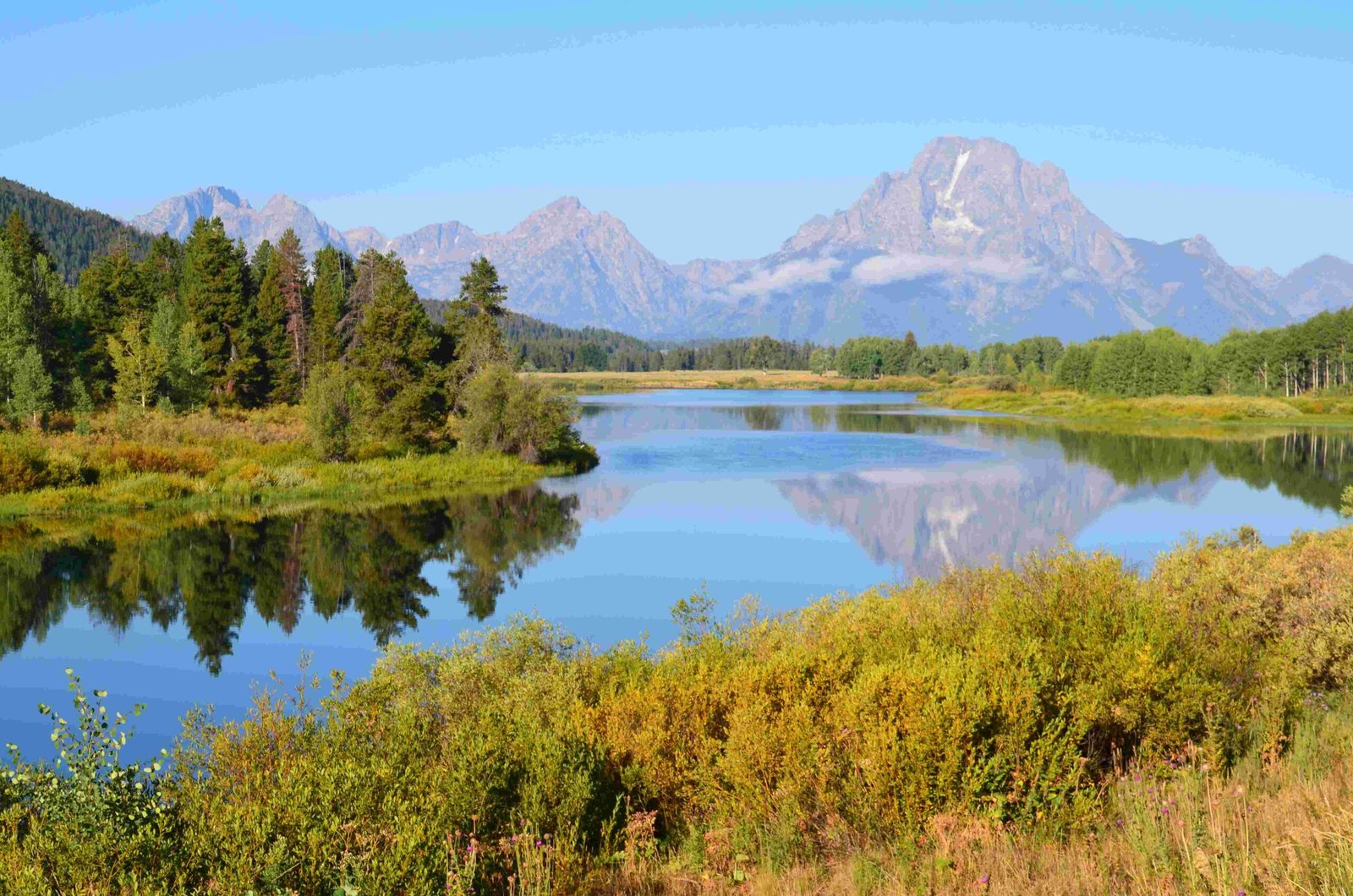Grand Teton National Park hosts a remarkable bison population that represents a critical component of the region’s ecological landscape. These magnificent creatures roam the park’s diverse terrain, embodying the wild spirit of Wyoming’s wilderness, with approximately 500 individuals carefully managed to maintain ecological balance and preserve the park’s natural heritage.\n\n## What Makes Bison Unique in Grand Teton National Park?\n\nBison are not just ordinary mammals in Grand Teton; they are living symbols of American wilderness. These massive creatures play a crucial role in the park’s ecosystem, representing one of the few remaining wild herds in the United States.\n\n### How Large is the Bison Population?\n\n| Population Metric | Details |\n|——————|———-|\n| Current Population | Approximately 500 individuals |\n| Management Goal | Maintain stable population |\n| Habitat Range | National Elk Refuge and Park Territories |\n\n### Where Can Visitors Spot Bison?\n\nVisitors can typically observe bison in several key locations:\n\n- Lower elevation areas of the park\n- Near the National Elk Refuge\n- Gros Ventre River region\n- Open meadows and grasslands\n\n### What Challenges Do Bison Face?\n\nBison in Grand Teton National Park encounter multiple ecological challenges:\n\n1. Limited Habitat: Restricted movement corridors\n2. Human Interaction: Potential conflicts with private lands\n3. Climate Variations: Seasonal food availability\n4. Population Management: Maintaining genetic diversity\n\n## Ecological Significance of Bison\n\nBison are more than just large mammals; they are ecosystem engineers. Their grazing patterns help maintain grassland health, create diverse habitats for other species, and contribute to the park’s biodiversity.\n\n### How Do Bison Survive Winter?\n\nDuring harsh winter months, bison demonstrate remarkable adaptations:\n\n- Thick fur provides exceptional insulation\n- Collective herding for warmth\n- Strategic movement to lower elevations\n- Utilizing supplemental feeding programs\n\n## Conservation Efforts\n\nGrand Teton National Park implements comprehensive strategies to protect and manage its bison population:\n\n- Regular population monitoring\n- Genetic diversity assessments\n- Habitat preservation\n- Conflict mitigation with surrounding communities\n\n### What Makes Their Habitat Special?\n\nThe park’s ecosystem provides a unique environment for bison, characterized by:\n\n- Diverse vegetation zones\n- Abundant water sources\n- Protected grasslands\n- Minimal human interference\n\n## Visitor Guidelines\n\nTo ensure both human and bison safety, visitors should:\n\n- Maintain safe distances (at least 25 yards)\n- Use binoculars for observation\n- Never approach or feed bison\n- Follow park ranger instructions\n\n### Future Outlook\n\nThe bison population in Grand Teton National Park represents a conservation success story. Continued management and research will be crucial in maintaining this iconic species’ presence in the ecosystem.\n\nReference:\n- National Park Service\n- Wyoming Wildlife Federation\n- National Elk Refuge

